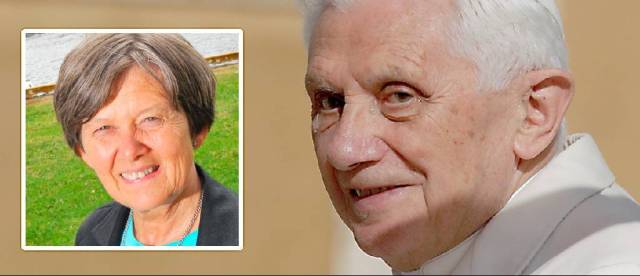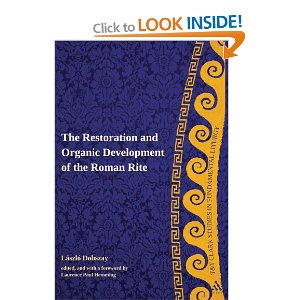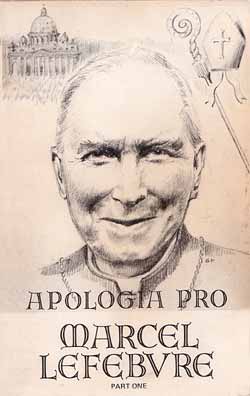Ble omvendt da han hørte en sunget messe
I et intervju med Jeffrey Tucker forteller han om sin omvendelse til Den katolsk Kirke:
… I had been a lifetime musician, playing in symphonies and jazz combos and everything in between. But there was something about hearing the Mass chanted with just a few small notes — by an older priest with a tired voice — that transformed me completely. I was about 22 years old and I had never heard anything so beautiful. The total absence of ego and the total absorption in a purpose beyond time enthralled me. I think that these notes unlocked my mind to understand and opened my heart to a kind of love I had never known. Looking back at it, those small notes had a more powerful effect than the shelves of books and the endless hours of studying the faith. …
… my fascination with it began as purely artistic, but when I realized that there was a reason for its structure and sound, my appreciation grew. I realized that it is all a form of prayer, and the musical structure amounts to an attempt by mortals to touch a realm of immortality. It was all an attempt to somehow capture and characterize what the ancients called the “music of the spheres,” which is something like a heavenly sound that might be worthy to be presented by angels at the throne of God. The composers and the tradition heard something true and beautiful and the liturgy absorbed it as its own.
It goes without saying that secular music doesn’t attempt this at all. It is designed to flatter the performers, indulge the composers, entertain the audience, or whatever. …
I intervjuet står det også mye interessant om arbeidet som pågår for å hjelpe prester og menigheter til å synge messen på engelsk på en bedre måte.

 Under kan man lese en engelsk oversettelse av hele pave Benedikts julebudskap på Petersplassen i går –
Under kan man lese en engelsk oversettelse av hele pave Benedikts julebudskap på Petersplassen i går – 
 Dette sier pave Leo den Store i dagens matutinlesning:
Dette sier pave Leo den Store i dagens matutinlesning:
 Også denne boka handler om liturgien (selvsagt), dens utvikling nærmere bestemt – og jeg begynte på den i går. Tittelen er The Restoration and Organic Development of the Roman Rite, og den
Også denne boka handler om liturgien (selvsagt), dens utvikling nærmere bestemt – og jeg begynte på den i går. Tittelen er The Restoration and Organic Development of the Roman Rite, og den  På flyturen ned til Kanariøyene og i løpet av et par formiddager her nede har jeg lest boka:Apologia pro Marcel Lefebvre av Michael Davies (som
På flyturen ned til Kanariøyene og i løpet av et par formiddager her nede har jeg lest boka:Apologia pro Marcel Lefebvre av Michael Davies (som 
